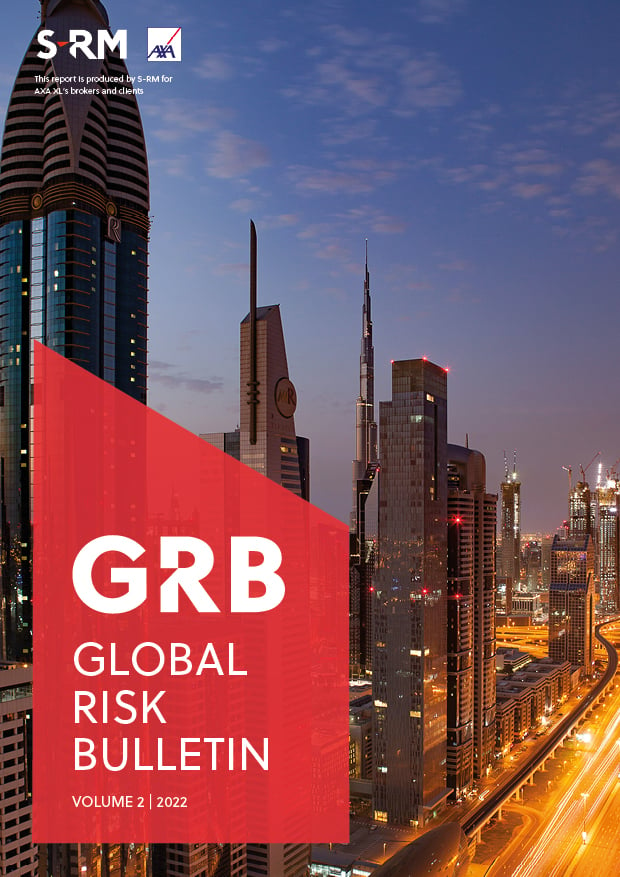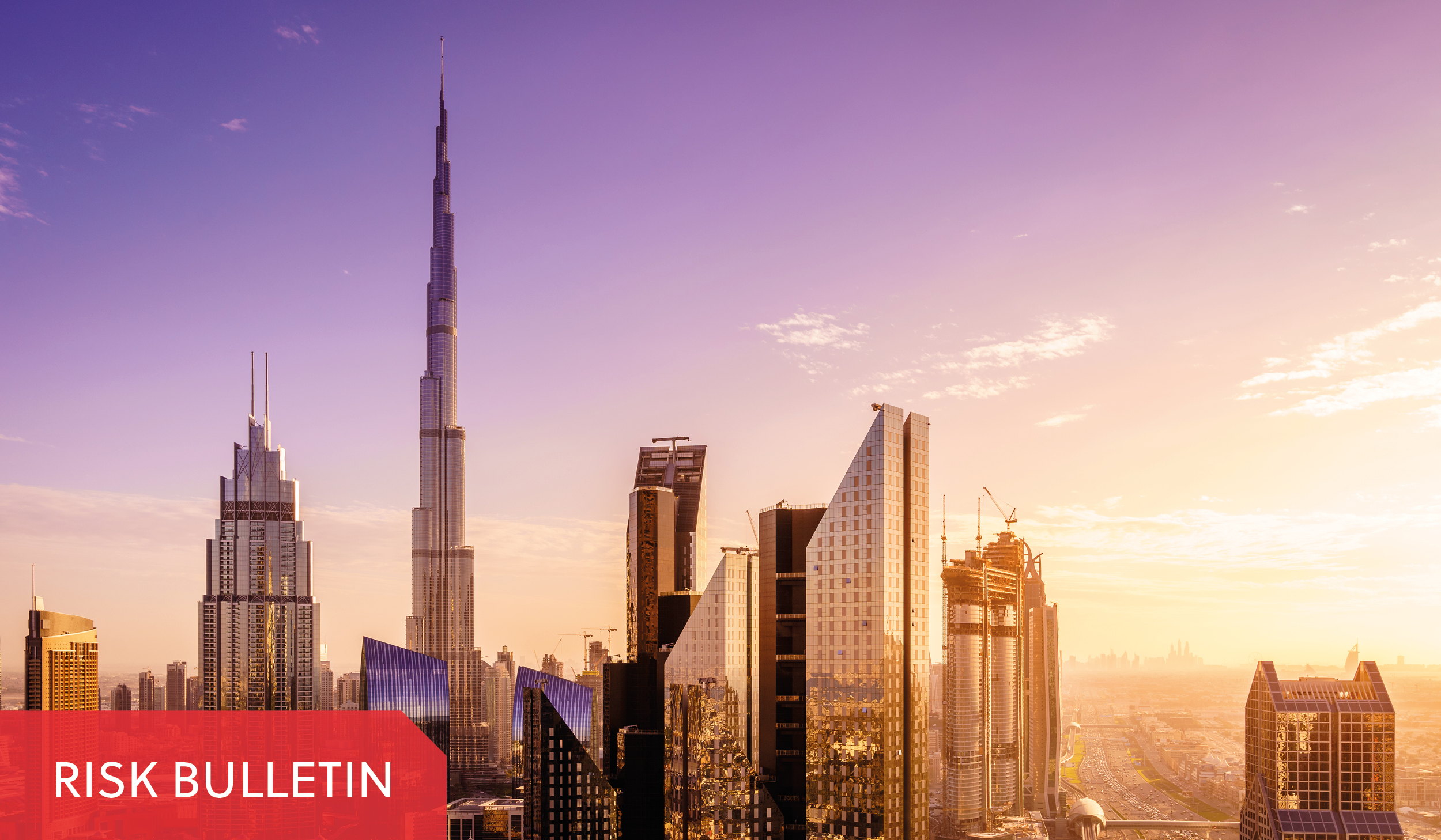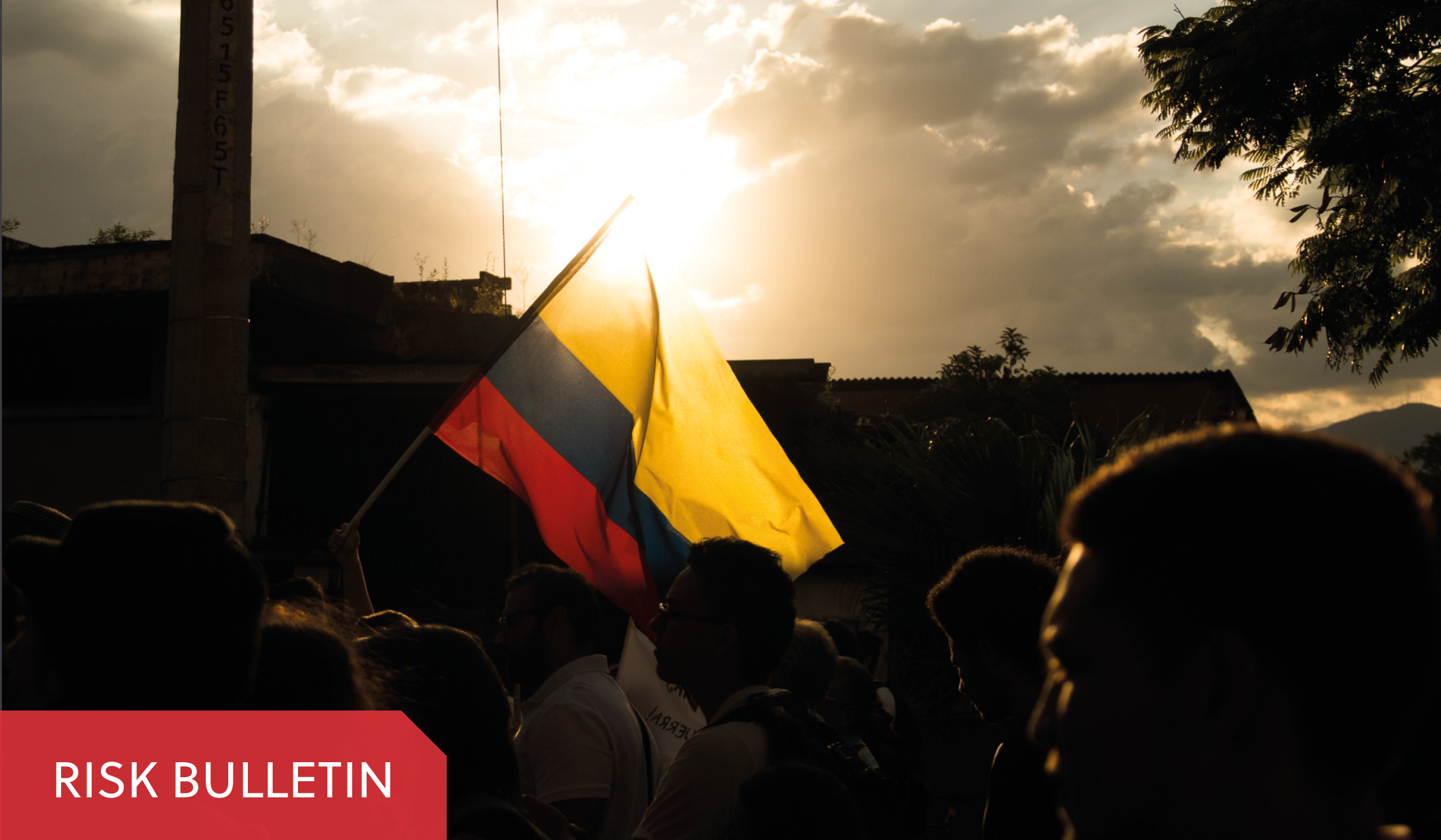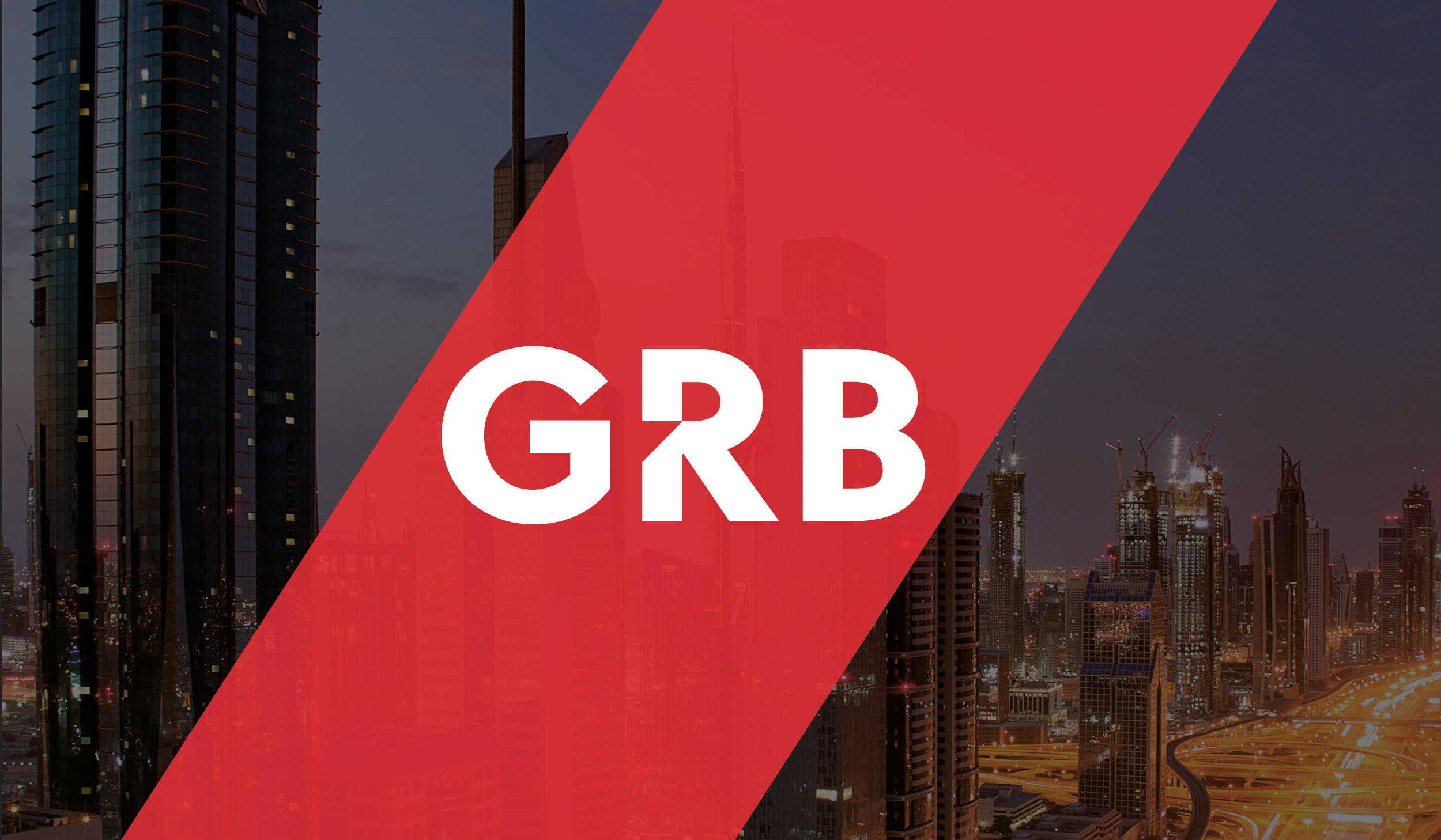As governments try to balance public health commitments with popular frustration, Agnieszka Palutkiewicz examines the status of the global anti-vaccine movement one year on, focusing on global hotspots, government responses, and what lies ahead.
Throughout 2021, many demonstrations against anti-Covid measures were staged following governments’ announcements of new restrictions. Europe, where governments uniformly opted for lockdowns, curfews, and Covid passes, was their epicentre. The demographic of the protesters was a mix of those dissatisfied with the impact of the pandemic on their economic wellbeing, groups concerned with the state wielding too much power, as well as a range of fringe groups. These included both the entrenched anarchist and far-right movements, as well as the newer conspiratorial groups (such as QAnon) fuelled by mass misinformation campaigns on social media. Some of the protests turned violent. For example, in January 2021, a protest in Amsterdam ended in clashes with the police who used teargas and water cannon to disperse the protesters. 240 people were arrested. The protests eased with the relaxation of anti-Covid measures in the northern hemisphere summer months of 2021 due to decreased infection rates but picked momentum again in the autumn. In November 2021, protests erupted in Brussels, Vienna, Rome, and Amsterdam contesting the new lockdown measures introduced to contain the spread of the much more contagious Omicron variant.
The beginning of 2022 saw renewed activity from the anti-vaccine movement as governments discussed plans to introduce mandatory Covid-19 vaccinations and other measures to tackle the pandemic. It began with the Canadian truckers who organised a self-proclaimed ‘Freedom Convoy’ on 22 January, which occupied downtown Ottawa for weeks in protest of vaccine mandates for crossing the US border. Over time, the protest grew into an aggrieved anti-establishment demonstration demanding the removal of Prime Minster Justin Trudeau.

The roadblocks to freedom
In mid-February, a wave of protests inspired by the convoy followed in major cities of France, Netherlands, Belgium, New Zealand, and Australia. Inspired by far-right and conspiratorial ideologies and fuelled by the anti-vaccination sentiment, groups of disparate backgrounds and varying demands rallied together over issues such as perceived threat to civil liberties and mistrust of the establishment.
In France, a ‘Freedom Convoy’ completely blocked the traffic in Paris. The momentum of the Paris convoy carried small groups of protesters towards Brussels where only few made it due to successful police countermeasures. In New Zealand thousands blocked Wellington, the capital, and camped on the parliament grounds for over two weeks protesting the government’s lockdown and vaccine mandate. 10,000 people in Australia, organised a convoy to Canberra where they staged a peaceful protest. These movements united a host of fringe groups with deep-seated resentments against their respective governments, whose agendas were not solely anti-vaccine mandates. While these demonstrations proved to be mostly short-lived, which set them apart from the original Canadian convoy movement, in Germany anti-vaccination protests have been gaining momentum since last year, culminating in the attendance of 400,000 people across 1,700 demonstrations in the third week of January alone. These concentrated in Saxony, where the level of vaccination is significantly lower than in the rest of the country, and where the far-right group Free Saxons has successfully mobilised regular demonstrations against vaccine mandates.
Costs and countermeasures
The Canadian authorities were blamed for inaction over the convoy which caused extensive and expensive disruption in Ottawa. Having spilled over to the US border crossings, the truckers’ protest reportedly cost the Canadian automotive industry USD 300 million. General Motors, Ford, Chrysler, Honda, and Toyota, alone reported USD 155 million in losses. The convoy’s week-long occupation of the Ambassador Bridge, a bridge in Ontario linking the province to Michigan, US, through which 25 percent of US-Canada trade takes place, cost the Canadian economy an estimated USD 1.7 billion a day.
The chief of police resigned amid criticism of the operation to clear the capital. Only after Trudeau invoked the disputed Emergencies Act on 14 February, giving the police extraordinary powers, did the Canadian police begin to successfully break up the protests. 191 people were arrested and 76 vehicles towed during the dislodging operation which lasted three weeks.
The French government, awaiting an election and fearful of a repeat of the Gilets Jaunes protests of 2018, and aware of the situation across the ocean, reacted more swiftly than its Canadian counterpart. More than 7,000 police officers were deployed to prevent and then mitigate the entry of the convoy to Paris, 300 fines were handed out and 54 protesters were arrested. The Belgian police supressed an offshoot of the French ‘Freedom Convoy’ targeting Brussels which consisted of 130 vehicles from both France and the Netherlands.
"Governments over the world are in a difficult position: on the one hand, they must manage continuing epidemiological interventions to limit the impacts of the ongoing pandemic. On the other, they also need to consider the viability of non-clinical interventions in the context of growing popular weariness with social restrictions."
Germany’s police have been under continuous strain due to the anti-vaccination protests and experienced a high level of protester aggression. The chairperson of the national German police union stated that the police were running “at full capacity all the time”. To alleviate the burden on the police, EUR 3,000 fines for participation in unauthorised anti-vaccination protests have been introduced.
New Zealand’s government initially opted for a peaceful approach to dispel the occupiers, but after this failed, they began arresting the protesters and 120 were detained in an operation that turned violent. The Australian demonstration on the other hand proved almost entirely peaceful, with only one person charged and two arrested.
Facing the futureThe sheer scale of the ‘Freedom Convoy’ has showed that spontaneous fringe group activities have the potential to be costly and disruptive – US authorities are reportedly watching closely the potential emergence of convoy protests there. Governments the world over are in a difficult position: on the one hand, they must manage continuing epidemiological interventions to limit the impacts of the ongoing pandemic. On the other, they also need to consider the viability of non-clinical interventions in the context of growing popular weariness with social restrictions. Until the pandemic abates, these competing prerogatives will continue to create social rifts – and likely drive further protest. |


 Email Agnieszka
Email Agnieszka




 @SRMInform
@SRMInform
 S-RM
S-RM
 hello@s-rminform.com
hello@s-rminform.com

